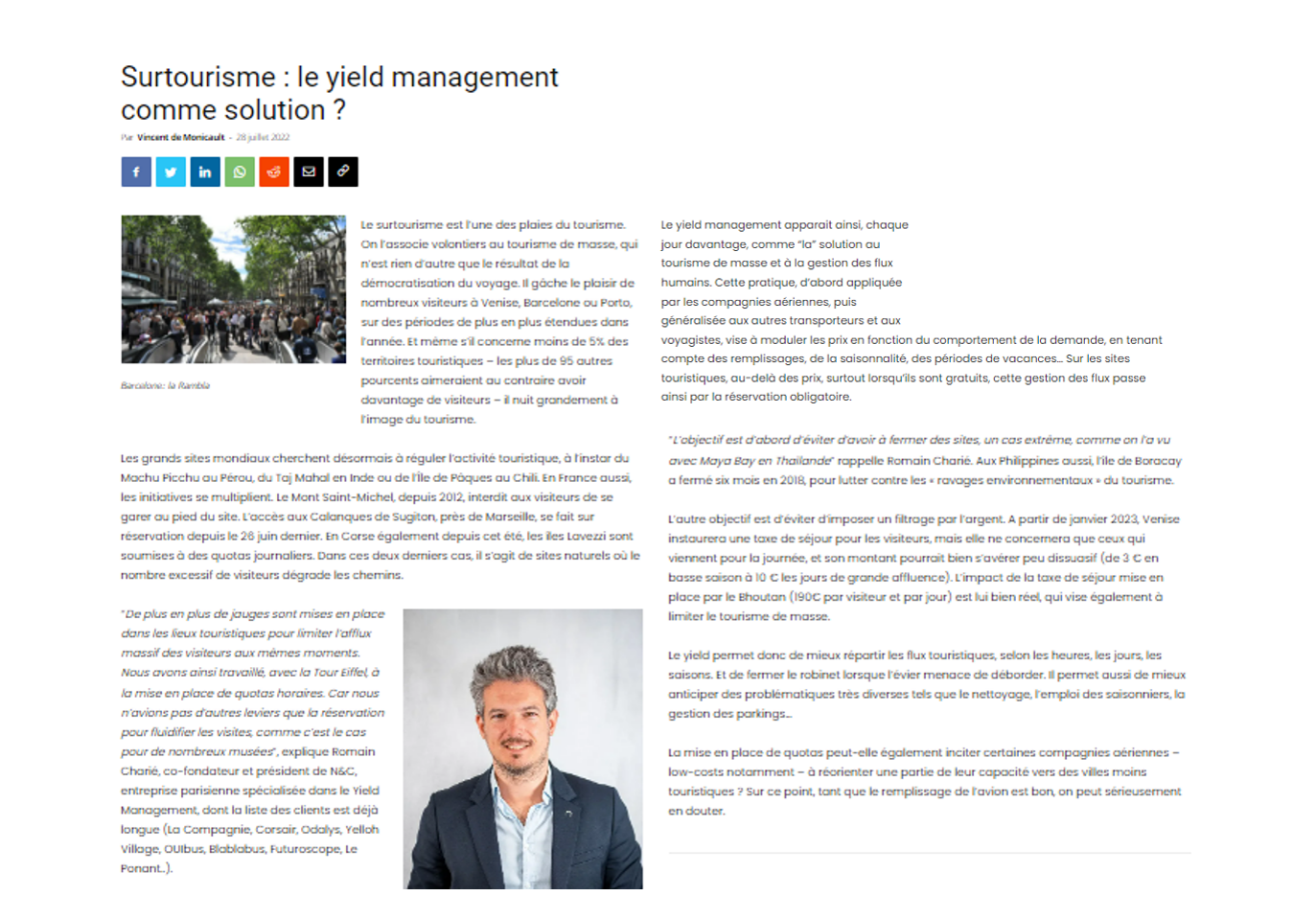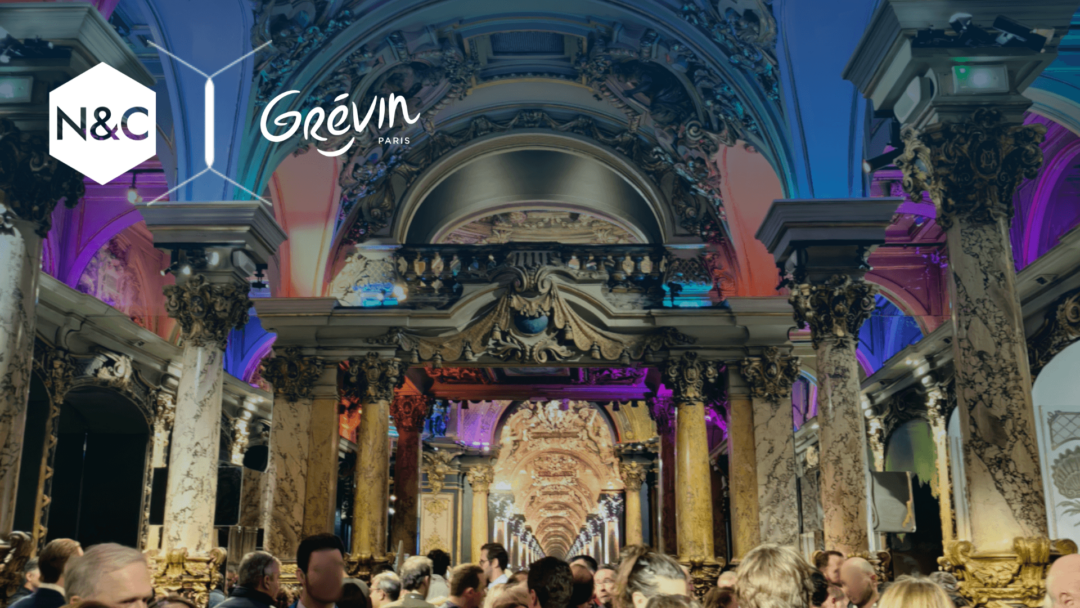Whether it’s the Calanques of Marseille, the Lavezzi islands or Venice, tourist sites attract large numbers of visitors every year.
To regulate this mass tourism, some destinations are starting to introduce new flow management systems to preserve their biodiversity and heritage.
Reservations, paid tickets, daily quotas or tourist tax? Many natural tourist sites and destinations are introducing flow management systems to protect themselves from overtourism.
Overtourism, a recent problem?
1.5 billion is the number of international tourist arrivals worldwide in 2019, up 4% on the previous year, according to the World Tourism Organisation.
Tourism is currently the world’s third largest economic sector. It employs more than 313 million people worldwide and accounts for 10% of global GDP. Gradually, new destinations have opened up to tourism, creating a source of income for many developing countries.
But today, faced with overtourism in many of the world’s most popular destinations, there is almost a question of limiting it.
Often associated with mass tourism, overtourism refers to the saturation of tourist sites by increasing numbers of visitors. This has a negative impact on the tourist experience, the host community and the environment.
« The aim is first and foremost to avoid having to close down sites, which is an extreme case, as we saw with Maya Bay in Thailand » reminds Romain Charié, Revenue Management expert and co-founder of N&C, to Pagtour media.
Is revenue management the solution to overtourism?
Overtourism is a growing problem that can only be solved by adopting sustainable tourism management principles.
« Cultural heritage sites and national parks already introduced this type of pricing a long time ago ».
We are all familiar with the classic version of Revenue Management, which consists of smoothing demand through price, in particular by buying tickets to visit a tourist site. However, « free » flow management, by setting up quotas, is a practice directly inspired by Revenue Management. This practice is very much alive and well, and could even be intensified to offset the effects of overtourism.
It’s certainly happened to you. Imagine yourself in the middle of August, delighted to have finally arrived with your family in the heart of the Calanques. And then, tragedy strikes. The horde of tourists will force you to cram 4 of you into the youngest child’s towel.
How can we mitigate the effects?
The main aim of this practice, which is derived from Revenue Management, is to regulate visitor flows and provide access to as many visitors as possible. While preserving the environment, the visitor experience and the organisation of towns and cities to adapt transport, cleaning and infrastructure, it also means that these periods can be approached with greater peace of mind.
« An increasing number of gauges are being introduced at tourist attractions to limit the number of visitors arriving at any one time. For example, we worked with the Eiffel Tower to introduce time quotas. We didn’t have any other levers than reservations to make visits more fluid, as is the case for many museums », explains Romain Charié to the media outlet Tom.travel.
By enabling tourist flows to be better distributed, taking into account peak and off-peak times, holiday periods and seasons… Revenue Management could, in the long term, have a real effect on overtourism.
Keywords: Overtourism, World Tourism Organization, mass tourism, Revenue Management, tourism flows



